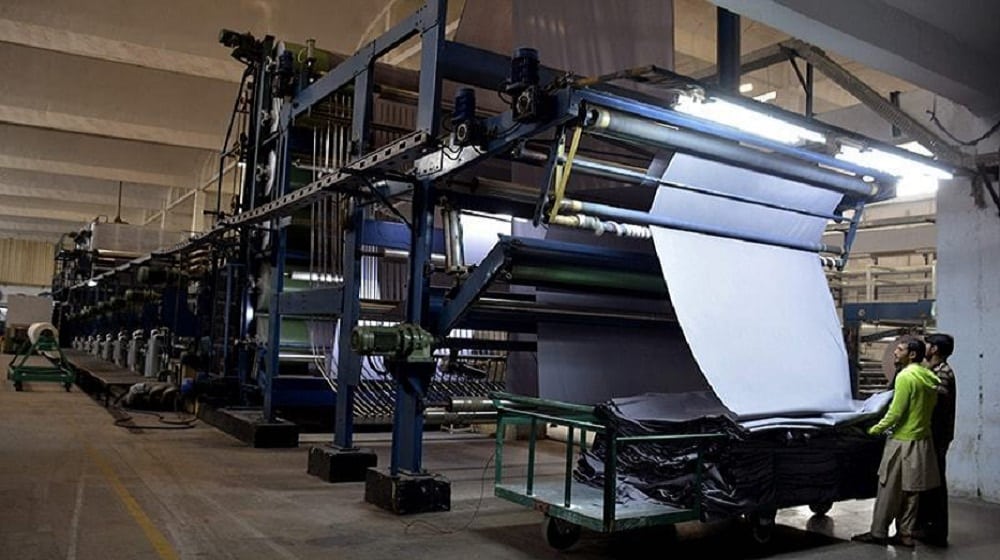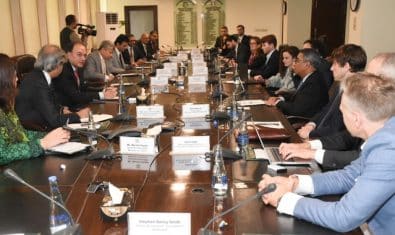The Pakistan Textile Council on Friday issued a detailed statement on the State Bank of Pakistan’s (SBP) now discontinued Temporary Economic Refinance Facility (TERF).
In its statement the Pakistan Textile Council (PTC) pointed out that the central bank had launched TERF as part of the Covid package in April-May 2020, with a sunset date of March 2021.
“Those were unprecedented times. Pakistan like the rest of the world also went about supporting its manufacturing and social bases. This package, however, added to its productive industrial capacity with more employment opportunities. It helped push the economic frontier,” PTC said.
The statement recalled that SBP’s Monetary Policy Committee (MPC) in its May 15, 2020, meeting had reduced the policy rate by 100 bps to 8 percent, after a cut of 525 bps in the last two months. LSM had witnessed a steep decline of 23 percent (on a year-on-year basis) in March, 2020. In trying to outpace the contracting impact of reduced economic activity the rate was further cut to 7 percent on June 25, 2020.
“It is in that context that SBP had launched various initiatives including TERF to put a floor under the falling economic activity and consumer confidence,” PTC said.
The statement said that TERF was well defined, focused with the aim to reach wider economy and give the investors capacity to not only tide over Covid uncertainty but to make them better prepared for the post- Covid era. It was successful in achieving all its objectives.
It highlighted that TERF financed machinery only, not land, not building, just new machinery imported or local against import LCs or inland LCs. TERF funding for equipment had a multiplier effect and brought in additional investment in building and ancillary facilities etc. It may further be noted that TERF loans were priced at a maximum of 7 percent, whereas the policy rate was cut to 7 percent in June 2020.
TERF advantage put Pakistan on a spree of capital investment whose benefits would keep accruing in the coming years. Subsequent surge in exports can also be, at least in part, explained by the newer, more productive and energy efficient TERF funded investments. Like other sectors textile sector invested in its entire value chain and that has contributed to better products, more capacity and higher exports.
“It again highlights the larger issue of non-availability of long-term funding at rates where an exporter can invest and still be competitive internationally. TERF addressed it productively, but it was a one-off event. Pakistan needs to work on real issues like development of capital markets where long-term capital can be made available at competitive rates,” the statement added.























I think Pakistan Textiles industry have a great potential to export many things relate to cloth. So, I think government should want to introduce newly friendly policies that helpout business and push out doing maximum products export. Like, overcome taxes on import newly machinery and components….